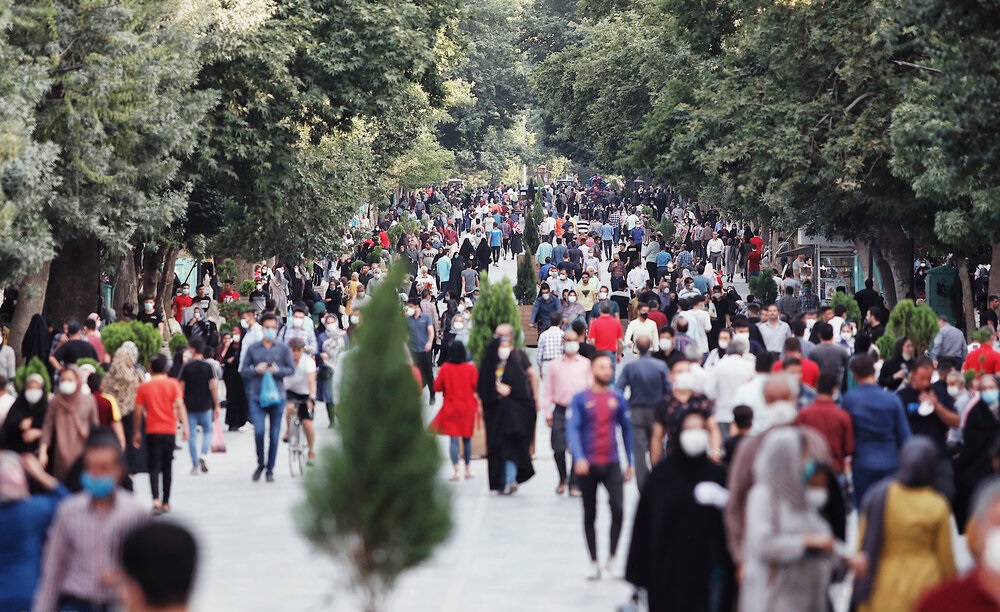In Iran, a new wave of peaceful resistance has emerged, not through traditional protests but through a viral dance trend. Crowds across the nation, transcending age and gender, are swaying to the beats of an upbeat folk song, their actions symbolizing a silent yet powerful objection to government restrictions.
Social media platforms and international news outlets, including BBC Persian, have been flooded with videos showcasing Iranians dancing in various public spaces – streets, shops, sports stadiums, classrooms, malls, and more. In a striking scene, Tehran saw a major highway tunnel transform into an impromptu dance stage. Particularly noteworthy are young women, boldly dancing with uncovered hair, alongside young men performing synchronized hip-hop routines.
Mohammad Aghapour, a 32-year-old DJ known as DJSonami, articulated the significance of this trend in a Tehran interview: “It’s a way of protesting and demanding our freedom and happiness.” This statement highlights the uniqueness of the situation in Iran, where public dancing, especially involving women and mixed genders, is officially banned.
The labeling of this social media trend as “civil disobedience” can be traced back to Sadegh Bana Motejaded, a 70-year-old fish market owner from Rasht. Known locally as Booghy, a nickname derived from the Persian word for megaphone, Motejaded is a familiar figure at soccer stadiums, rousing crowds with a megaphone. His dance at the market, captured in a viral video, sparked the current movement. In remixing this original video, DJ Aghapour played a pivotal role in amplifying its reach.
View this post on Instagram
However, these revelries were soon met with a severe crackdown. On December 7, Rasht police announced the arrest of 12 or the men featured in the video, shutting down their social media and removing the content from various platforms. Motejaded’s Instagram account, with over 128,000 followers, was seized, and all his posts were replaced with a judiciary notice stating the page was shut down for “creating criminal content.”
Sources close to Motejaded, speaking under anonymity for safety reasons, revealed the harsh interrogation methods employed by the Revolutionary Guards’ intelligence division, including blindfolding, beatings, and threats of legal action. They were coerced into pledging never to engage in public singing and dancing again. Motejaded himself faced accusations of instigating government opposition.
The response from the public was immediate and vehement. Social media was awash with messages criticizing the government’s stance against simple expressions of joy, contrasting it with the pervasive corruption within the regime.
This wave of arrests, rather than quelling the spirit of resistance, fueled it. People mobilized, recording themselves emulating Motejaded’s dance moves in a widespread “happiness campaign.” Aghapour’s remix alone garnered 80 million views since its release.
The response was so widespread that it garnered attention from the Asia Football Confederation and national media. Some conservative newspapers and officials began questioning the wisdom of the crackdown, seeing it as a misstep that only highlighted the government’s disconnect with public sentiment. Ezzatollah Zarghami, the Minister of Tourism and a former Guards commander, remarked on the irony of penalizing public celebrations while religious dancing is celebrated.
Facing mounting pressure, the government eventually backtracked. Gilan province police denied ever arresting Motejaded, and his Instagram account was restored, complete with all previous posts. He has since become a national icon and his Instagram account has surpassed a million followers.












